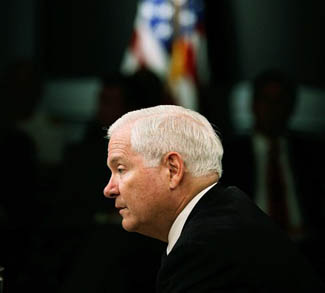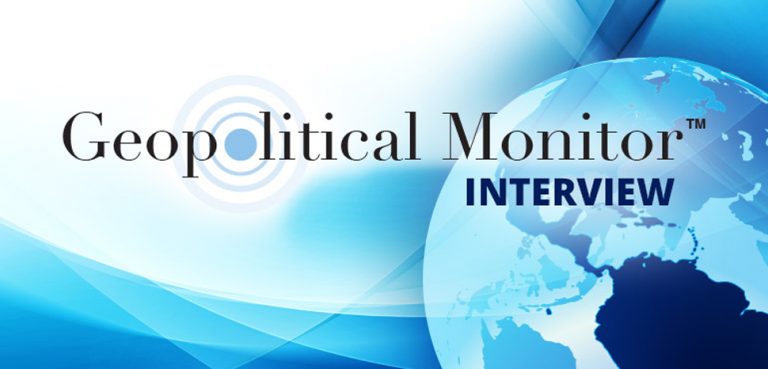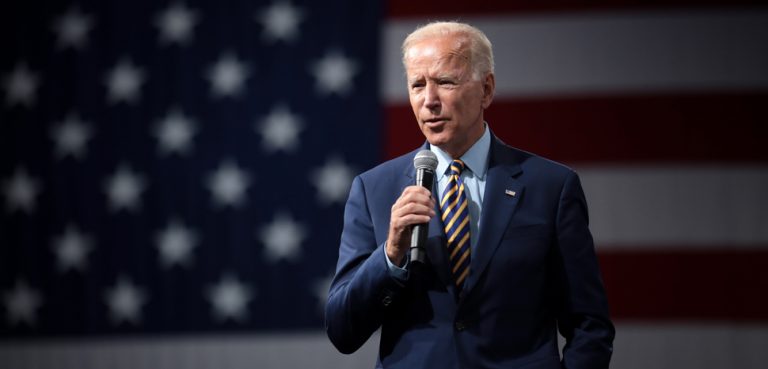The run-up to the 1981 presidential inauguration was complicated by the on-going captivity of 52 American hostages in Iran. Forty-four years later, the scenario is replaying itself as Hamas operatives continue to hold about 100 remaining Israeli hostages, despite their complete defeat in a war that Hamas initiated. While the US hostages remained prominent in the news, their Israeli counterparts are now rarely mentioned, even though they have been held for an equivalent time, in what must be even more difficult conditions.
The announcement that Iran would release the hostages, which was made minutes after Ronald Reagan took the oath of office, initially suggested that the Iranian authorities were acting on a spiteful motive against outgoing President Jimmy Carter. The Iranians couched the timing as a gift to the in-coming president. More likely, the timing also contained a warning regarding their shared secret that collusion had occurred between the Reagan election team and the Iranian authorities. In November 1980, Carter suspected an Iranian attempt to influence the US election, when an agreement to release the hostages was overruled by the Iranian parliament, just hours before the voting stations opened. The news swayed many voters against Carter. Gary Sick, Principal White House aide for Persian Gulf affairs, had information that release of the hostages had been delayed at the request of Reagan’s campaign manager, William Casey. Carter did not want to believe in such treasonous treachery, and he knew that such accusations would damage the country. Sick realized that most of the human intelligence, upon which he relied, was from disreputable arms dealers, whose stories changed like the weather. And so the conspiracy was relegated to the theory drawer. Since then, corroborating evidence has come to light that makes no other interpretation reasonable.
The election season was much shorter in 1980 than this past year. President Carter’s term in office had been bedeviled by the oil crisis followed by the hostage crisis. Carter’s attempt at a forceful rescue of the hostages had failed and rather than retaliate militarily against Iran, he chose to initiate negotiations via Sadegh Ghotbzadeh, the Iranian Foreign Minister. Ghotbzadeh, who advocated at home for release of the hostages, claimed several times that the process was being disrupted by a deal that Reagan’s election team had made with elements of the Iranian regime to delay the hostage release until after the US election. Ghotbzadeh fell foul of a post-revolutionary purge and was executed after being tortured in 1981.
William Casey, a lawyer and businessman, had been a part of the Nixon administration, eventually serving on the President’s Foreign Intelligence Advisory Board. He was a reluctant witness for the prosecution in the fallout of the Watergate Affair. In March 1980, he watched the Republican nomination race as George H. W. Bush and John Connally were overtaken by Ronald Reagan. Casey decided to promote Bush, a foreign intelligence colleague, as the vice-president choice of the eventual winner. He also spotted an opportunity to create an October Surprise by manipulating the timing of the hostage release. At the same time, Iranian brothers Jamshid and Cyrus Hashemi were looking to cash in on their connections to the revolutionaries in Iran. They developed links with the CIA and MI6, which allowed them to move freely in the West and continue their arms dealing and money laundering businesses. Casey and Roy Furmack, a US businessman, met Jamshid in the Mayflower Hotel in March 1980, asking to be put in touch with his Iranian contacts. The brothers allege that they received a similar request from Donald Gregg, an aide to George Bush. These approaches do not seem to have led anywhere, possibly because the Hashemis reported them to their secret service handlers.
Connally, an extraordinary figure in American political history, lost the nomination race to Reagan and decided he was better in the backroom than he had been out front. Connally had been governor of Texas when he was shot during the assassination of President Kennedy. People said Connally changed after Dallas. He went from being a progressive Democrat to becoming a Republican businessman. He worked for Richard Nixon’s reelection and was involved in the Watergate affair. Ben Barnes had a similar upbringing and outlook to Connally, except that he was 20 years younger. Barnes and Connally, who had been in business together prior to the nomination race, went on a tour of the Middle East in July 1980, ostensibly for business reasons but secretly to send a message to the Iranian authorities that a better deal was available from Ronald Reagan, if they delayed release of the hostages to undermine Carter’s reelection. Barnes went public in March 2023 because he felt sorry that Jimmy Carter was entering hospice care. He made no apology to the hostages or their families.
Barnes claimed that the approach was made to the Middle Eastern leaders at the behest of Casey, and that Connally reported the outcome to him in the American Airlines lounge of the Dallas-Fort Worth airport. Casey and Gregg met Mehdi and Hassan Karroubi, Shia clerics who were members of the Ayatollah Khomeini’s circle, in Madrid in July and August 1980. The Hashemi brothers claimed that they were present as translators. Carter had negotiated to release Iranian gold and armament parts that were being held by the US in response to the hostage taking. The Iranian regime was dependent on US parts to maintain the arms that they had inherited from the Shah. Casey’s deal was essentially the same except that they would facilitate the Hashemis to begin arms shipments immediately. He also convinced the Iranians that Reagan would win the election.
Abolhassan Banisadr was president of Iran at this time. He was one of the main intellectual forces behind the overthrow of the Shah in 1979. His revolution had been subverted by the Ayatollah. Banisadr was critical of the students who had invaded the US embassy, because he knew that Iran would become a pariah state as a consequence. In November, Banisadr was forced by the Ayatollah to retract and direct his supporters in parliament to reject the Carter agreement, just when America was voting for its next president. Despite his loyalty, Banisadr was overthrown and forced to flee Iran in July of the next year. By then, Reagan was president and Iran had decided to embrace its radical future. Many of the players in the Reagan election conspiracy also took part in the Iran-Contra affair, which ran from late 1981 until 1986. Several made personal fortunes through commissions. Banisadr’s 1991 memoir, which outlined the election conspiracy from the Iranian perspective, was dismissed as self-serving.
Carter’s death has highlighted the ironic symmetry of history. He lived long enough to vote Democrat in the last election. He died soon enough to allow a Democrat to bury him. Like Carter, President Joe Biden’s single term will be remembered well. Just as Carter brought decency back to an office that had been diminished by expletive-ridden criminality, Biden restored order after the chaos of the previous administration. Both Carter and Biden sought to use US power as a force for stability in a volatile world, while avoiding US participation in wars. The anti-Carter conspiracy undermined moderate forces in Iran. Radical control of Iran was strengthened by the October Surprise and Iran-Contra conspiracies, so that they remain in control today. It permitted the export of anti-western militarism throughout the Muslim world. It created the Iran-Hezbollah-Houthi-Hamas alliance that resulted in the October 7 attack and the hostage crisis of today.
President Donald Trump is no fan of Iran. He is solidly behind Israel’s right to peaceful existence. He has demanded release of the hostages and strongly hinted that it would be an appropriate inauguration gift. During his first term, Jared Kusher followed Connally’s trail making connections on behalf of the president with the leaders of Middle Eastern countries. There is no evidence of deals to undermine elections. Muslim America voted for Trump despite his advocacy for Israel. Maybe they saw a chance for peace. An opportunity exists for the remnants of Hamas to release the hostages on January 20th and for Palestinians to accept the Abraham Accord initiative, which will bring them peace and allow for reconstruction. It is also an opportunity to lay the ghosts of 1980 to rest.
The views expressed in this article belong to the author(s) alone and do not necessarily reflect those of Geopoliticalmonitor.com.




